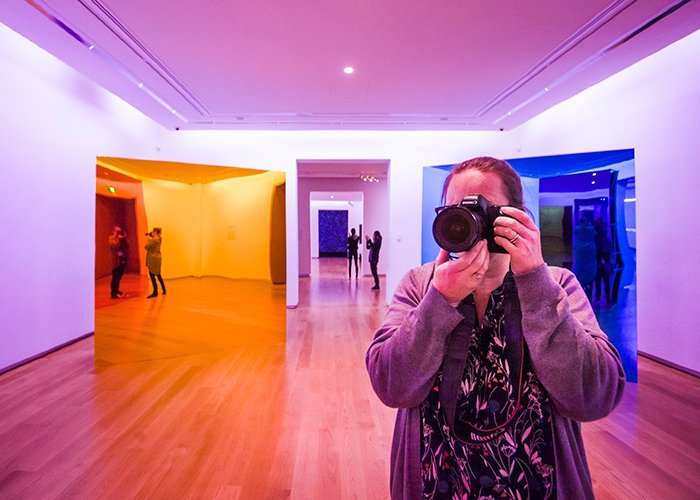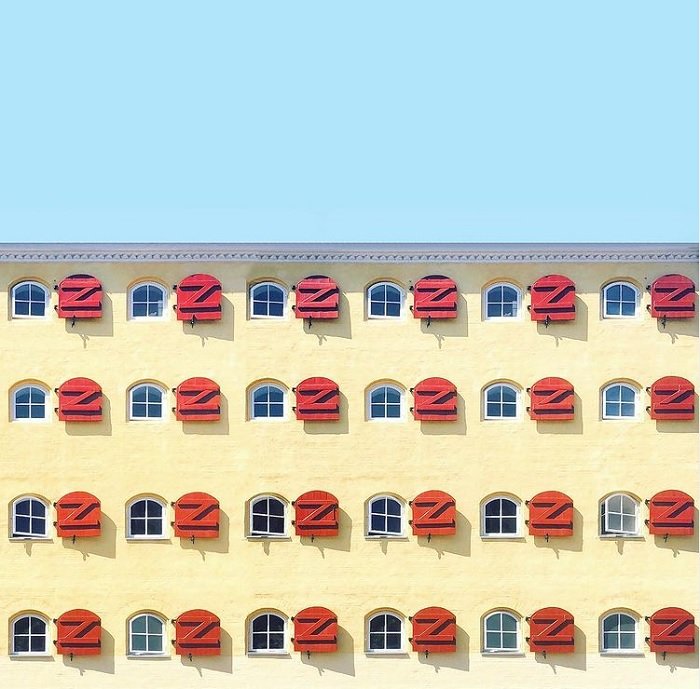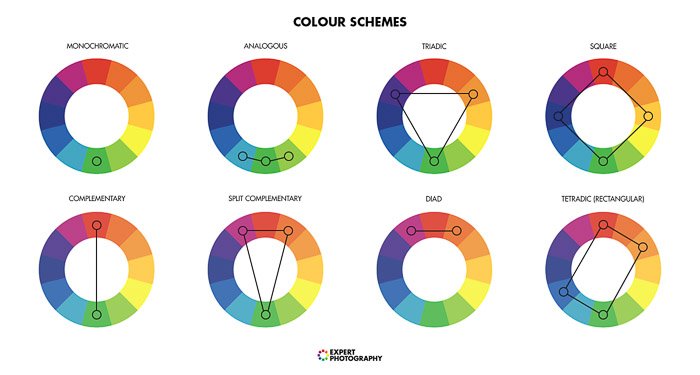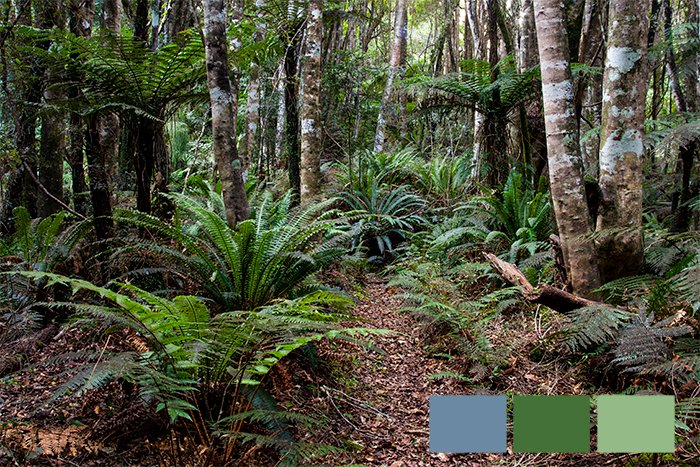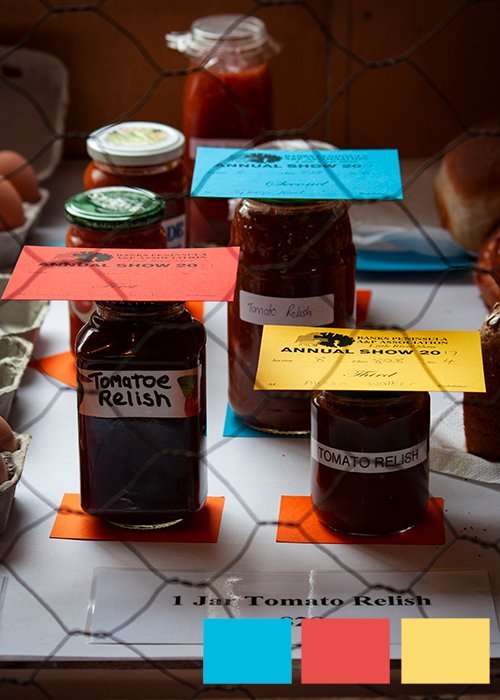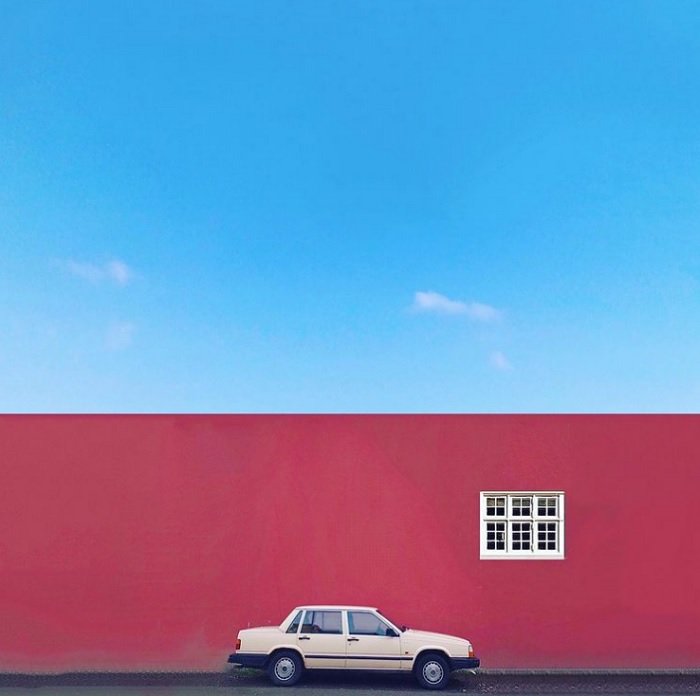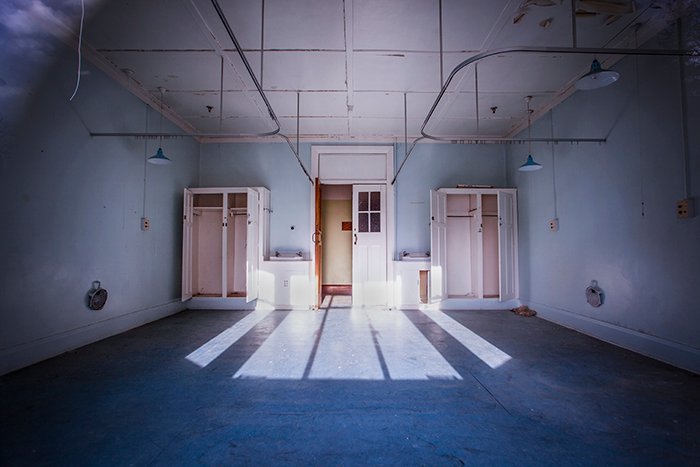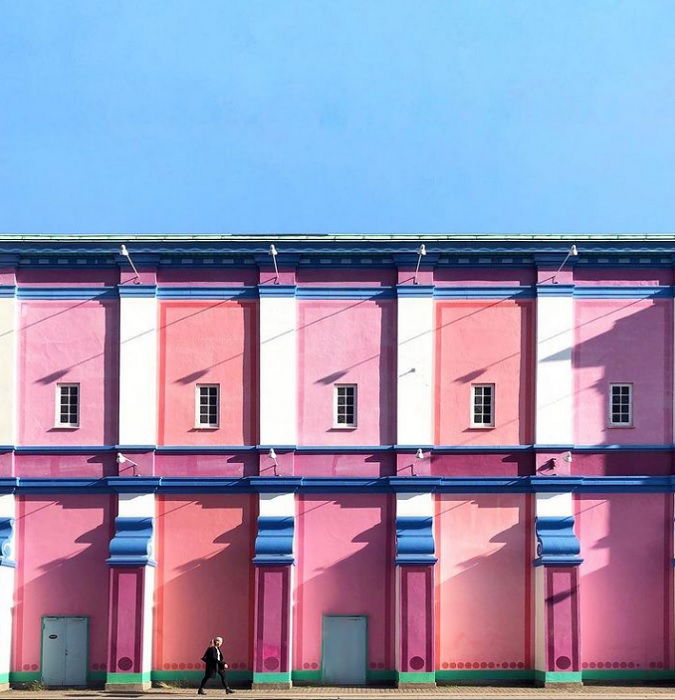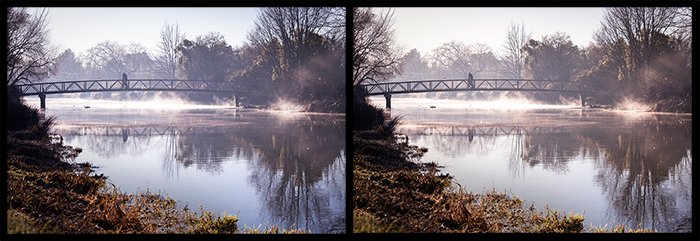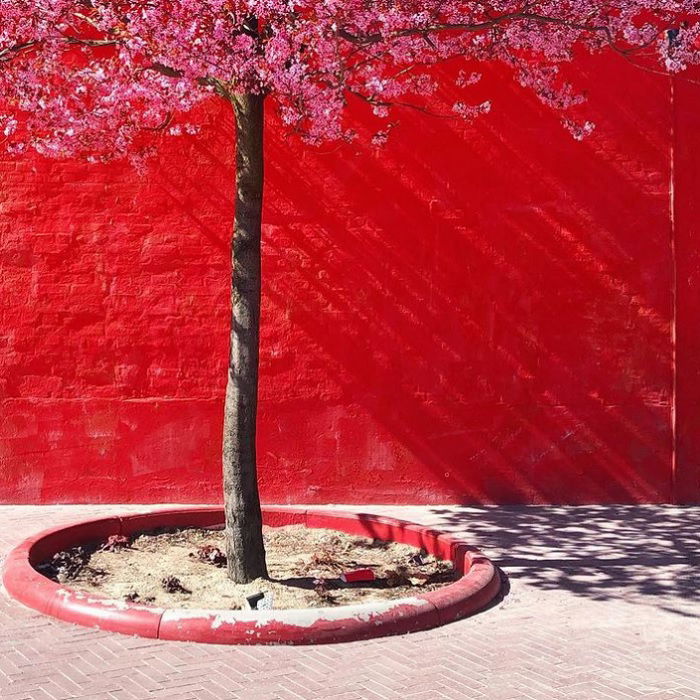In film and digital photography, color is one of the key elements we use to create exciting and captivating images. But it’s not just about filling your images with bright color. There’s more to it than that. That’s why today’s article is all about using color in photography. After being committed to black and white photography for some time, I crept out of my comfort zone and into the vibrant world of color photography. I’ve never looked back. You might have your favourite colors. But it’s a good idea to be aware of some of the science and techniques of color photography to improve your knowledge and understanding. Understanding color in photography and how color influences our photography can help your camera and post-processing skills. Check out my top nine tips below to make your color photography really pop!
1. Learn the Basics of Color In Photography Using The Color Wheel
When it comes to color theory, the color wheel is the natural starting point. Studying the color wheel will help you understand different color schemes and color composition. It will allow you to make conscious decisions in your color photography. You can create images with harmonious and balanced colors. Or you can break the rules to create discord and imbalance. I don’t always adhere to the color wheel with complete devotion. But my favourite color photographs tend to follow the rules. Color organization systems have been around for hundreds of years. But Newton’s and Goethe’s color wheels are two of the most well-known. The basis of the color wheel is the primary colors—red, yellow, and blue. Each color combines with its neighbor to create the secondary colors—green, purple, and orange. There’s a whole science behind color theory. Here are a few color schemes to explore.
Complementary Colors in Photography
The color wheel makes finding complementary colors easy. Select a color anywhere on the wheel. Then to find the color that complements it, look for the color that sits directly opposite. A complementary color scheme has a bold impact. As both colors complement each other, the images feel vibrant and harmonious. The photos are visually appealing. For example, the color that complements red is green. Yellow complements purple. And blue compliments orange. So we can see that primary colors complement secondary colors. I look for complementary color schemes in my urban and street photography. It makes my photographs seem fun and energetic, which is how I feel when I’m shooting in a vibrant city.
Analogous Color in Photography
An analogous color scheme displays three colors that are side by side on the color wheel. This is an ideal arrangement to use in landscape and nature photography to reveal subtle differences in tones and hue. Without the strong contrast of the complementary scheme, analogous colors are often calming to look at. Analogous colors feel like they belong together. They blend with one another and create a sense of natural harmony.
Triadic Color in Photography
Triadic color schemes use three colors evenly spaced around the color wheel. A triadic color scheme makes for vivid images because they use three contrasting colors. Each color is clearly defined from the other, creating different points of interest. These three colors schemes are the best place to get started with color in photography. Look for these schemes next time you’re out with your camera. You’ll start to see improvements once you consider color in photography.
2. Explore Cool and Warm Colors
Another aspect of understanding color in photography is the theory of cool colors and warm colors. There is a bit of debate as to where cool colors end and warm colors begin. But generally, we say that green, blue, and magenta are cool colors, while yellow, orange, and red are warm colors. The difference in warmer and cooler colors is more clear if the two colors are further apart on the color wheel. It means warm and cool colors often complement each other. If they’re close together, the warmer tone is more difficult to identify.
3. Evoke Emotion by Using Color
Color can have a big effect on our mood. Using color to affect mood can add power and meaning to your photography. A scary, abandoned hospital will appear less haunting if it’s bathed in warm, yellow sunlight in the golden hour. The cold tones of the blues and whites in the photo below help to create a feeling of tension and unease. Below are seven colors with some of their associated meanings and emotions. These associations help us use color in photography for visual storytelling.
Red – energy, excitement, passion, anger. Orange – warmth, happiness, enthusiasm. Yellow – cheerfulness, friendliness, creativity. Green – calm, natural, balance, growth. Blue – serenity, cold, sadness, trust. Purple – spirituality, mystery, luxury. Magenta – innovation, transformation, non-conformity.
4. Make It All About the Color
The theory is all well and good but the best way to learn about color in photography is to put it into practice. The next time you’re out with your camera, look for your favorite color. Methodically create your photographs around it. In the past few years, orange has regularly appeared in my photographs. I attribute this to the ‘construction orange’ that is all around me as my city rebuilds post-earthquake. Although it’s not my favourite color, rich oranges have become a staple in my photography. Try these techniques to see what works best for you when it comes to using color in photography. Use your digital camera to create compositions full of color.
Fill the frame with two or three hues in an abstract composition. Use a macro or zoom lens to get close and make sure that the light is consistent across the surface. Photograph the color in an unexpected location for visual interest. A vivid floral green shirt in a sea of black suits makes a statement. Photograph the same color in different settings, such as nature, architecture, landscape, urban, and portrait. Create a focal point by capturing your favourite color surrounded by a neutral shade. Venture into the night to see how color photographs turn out when they’re artificially lit.
5. Harness Time and Weather
At certain times, and in certain conditions, you can shoot in black and white or color. But sometimes, color photography is needed to capture the splendour of a particular scene. One of those times is the golden hour. It’s that magical time of day when the sun is rising or setting. As the sun sinks low in the sky, the world is lit with rich, golden light. Color tones are deeper and less harsh than in the middle of the day. High cloud cover can act as a softbox, giving you soft and even light. This gives you a lot of freedom to play with the camera settings. On a bright sunny day, colors are alive and vibrant. And you have a huge mass of blue sky to work with. Get to know how weather affects the light at different times of the day. It can be beneficial when you’re working with color in photography.
6. Experiment with Tones and Shades
Color in photography isn’t only about bold colors or vibrant contrasts. You can also play with shapes and tones to make your photography interesting. Consider using a monochromatic color scheme centered on different tones and shades of a single hue. You can play with natural tones of green and brown in woodland areas. Or an image of the ocean on a cloudy day will give you various pale blue tones. There is very little pure white or black in nature. Sometimes an image might look black and white at first, but it’s really an image with very muted color tones. Many black and white photographs add color in post-production with the use of split toning. But this can be tricky. Make sure you don’t overdo it with the harshness of the colors.
7. Enhance Color Photography in Post-Production
There are loads of post-production tools that bring out the best in your color photographs. Test out the HSL sliders in Lightroom or Adobe Camera Raw. Keep the story of the photograph at the top of your mind. Just because you can make sweeping color changes doesn’t mean you should. If I want to add a bit more punch to my color photographs, I use the dehaze and clarity tool. Then I adjust individual colors with the saturation, hue, and luminescence sliders. This gives me complete control of each color. If the light isn’t quite right or I want to create a different mood in the photograph, I might adjust the temperature and vibrance sliders. And if I haven’t been paying attention to my settings, I might need to correct the white balance. With big blue skies, I often reduce the luminescence to give the sky more depth of color. If green leaves and grass are too bright, I reduce the saturation of the yellow rather than the green.
8. Use the Right Gear to Add Color
Stuck with the perfect scene in beautiful color but don’t have your photography gear? Use your smartphone! This is an excellent way to practice using color in photography. The best camera is the one you have on you. A polarising filter is great for increasing vibrancy in color photographs. It reduces glare and minimizes the need for editing. If you’re keen on landscape photography, this is a great filter to invest in. When shooting with a digital camera, always shoot in RAW. It provides you with maximum information for each photograph, giving you greater color control in post-production. A lens hood is great for blocking out direct light that causes colored lens flares. But you can also use lens flare artistically, so don’t worry if you don’t have one. Take the time to properly calibrate your monitor. Ensuring your monitor displays an image accurately is essential. All the gear and techniques in the world won’t be of much use if you see incorrect colors and brightness.
9. Use Color for Powerful Composition
Color in photography plays a huge part in photography composition. You can use composition to highlight color in photography. You can draw the viewer’s eye to the colors by using leading lines, repeating patterns, and the rule of thirds. Or you can use color as a compositional tool. Use a composition with a lot of negative space to celebrate the color. Even though we use the term negative space, you can fill this area with the dominant color. Color can dominate large areas of your photo. Or you can punctuate your shot with small patches of a primary color. You can have a strong contrast of colors, and try color blocking. Or you can use similar colors to bring impact to your composition.
Conclusion
Color in photography might seem a bit theoretical and scientific at first. But once you understand a few of the principles, understanding color in photography will become natural. Be deliberate when you include color in your photos. Put as much consideration into color as you would composition or framing. Experiment with different color schemes to create moods and explore tone and shade. I hope this article has given you some inspiration so you can master color in photography. Take our Effortless Editing with Lightroom course to use post-processing to make your colors really pop!
